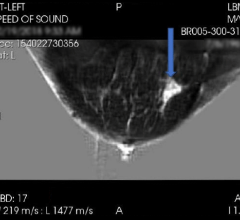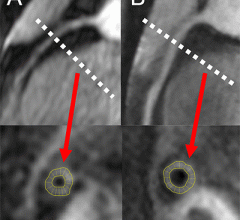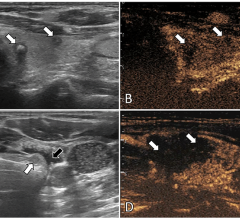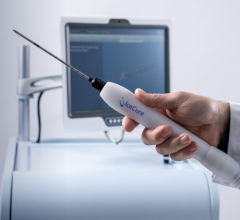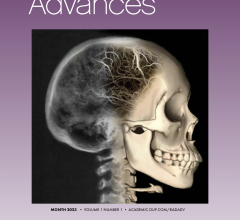
October 14, 2015 — Computed tomography (CT) chest scans of emergency-room patients with blunt trauma could be reduced by more than one-third without compromising detection of major injury, concludes a new study led by a UC San Francisco physician.
The study team developed and evaluated decision-making tools based on clinical criteria that can be used to avoid unnecessary diagnostic imaging and thereby reduce medical costs, shorten patient stays in hospital emergency departments and reduce patients' exposure to potentially harmful amounts of radiation.
Using two sets of criteria, the researchers demonstrated that nearly all major and minor injuries resulting from blunt trauma can be detected with fewer chest CT scans, each of which exposes the patient to levels of radiation several hundred times greater than a chest X-ray.
"CT scans deliver radiation dosages to the body that elevate cancer risk, especially in the young, and they are expensive, so we want to be sure to use them only when they are likely to provide a diagnostic benefit," said study leader Robert Rodriguez, M.D., professor of emergency medicine at UCSF.
"Except for the chest X-ray, the clinical criteria we incorporated into the decision-making tools are simple, straightforward components of the routine trauma history and physical exam. Healthcare providers will not need to spend more time, money or effort to implement them."
The study, which included more than 11,000 patients ages 15 and over who were treated at one of eight different major trauma centers, was published online Oct. 6, 2015, in the journal PLOS Medicine.
Blunt trauma injuries, as distinct from penetrating knife and gunshot wound injuries, often result from automobile accidents and falls, and account for the bulk of ER trauma cases. Currently most blunt trauma victims admitted to the ER receive some type of CT imaging.
As part of the study, a panel of expert emergency medicine physicians and trauma surgeons defined major and minor blunt trauma injuries detectable with chest CT.
Major injuries included injury to the aorta; ruptured diaphragm; collapsed lung; blood in the pleural chest cavity; fractures of the thoracic spine, shoulder blade or sternum; multiple fractured ribs that required surgery or epidural nerve block; bruised lungs that required mechanical ventilation; or injuries to the esophagus, trachea or the bronchi of the lungs that required surgery. Minor injuries included other injuries that did not require surgical intervention or mechanical ventilation, such as broken ribs or minor bruising of the lung.
Based on data collected from the first part of the study, which included 6,002 patients, the investigators developed two sets of criteria that would identify patients with injuries that can be seen with CT imaging and enable physicians to safely forego CT scans for patients meeting none of the injury criteria. The first set of seven criteria were abnormal chest X-ray; tenderness in the chest-wall, breast bone, shoulder blade or thoracic spine; "rapid deceleration mechanism," defined as a fall from 20 feet or more or a motor vehicle accident while traveling 40 miles per hour or faster; and the presence of other distracting, painful injuries, such as a broken thigh bone, which can make patients less aware of pain from injuries within the torso. The second set of criteria was the same except rapid deceleration mechanism was excluded from consideration.
The validation phase of the study included an additional 5,475 patients. The researchers determined that use of either set of criteria would have resulted in identification of more than 99 percent of the major injuries in the study group. Use of the more comprehensive criteria would have identified about 95 percent of all injuries, in comparison to about 90 percent identified with the smaller set, but would have reduced use of chest CT scans by about one-quarter, instead of by more than one-third.
The study was observational rather than interventional; trauma care providers in the emergency room were not aware of the decision-making tools in deciding whether to order CT exams.
The research was funded by a grant from the University of California Center for Health Quality and Innovation, for which Rodriguez was principal investigator. Participating medical centers included UCSF, UCSF Fresno campus, UCLA, UC Davis, UC Irvine, Brigham and Women's Hospital in Boston, and Cooper Medical School of Rowan University in Camden, New Jersey.
For more information: www.ucsf.edu


 April 17, 2024
April 17, 2024 
